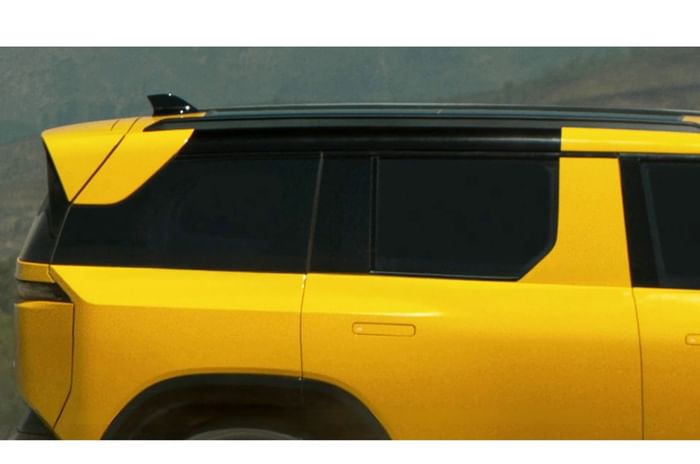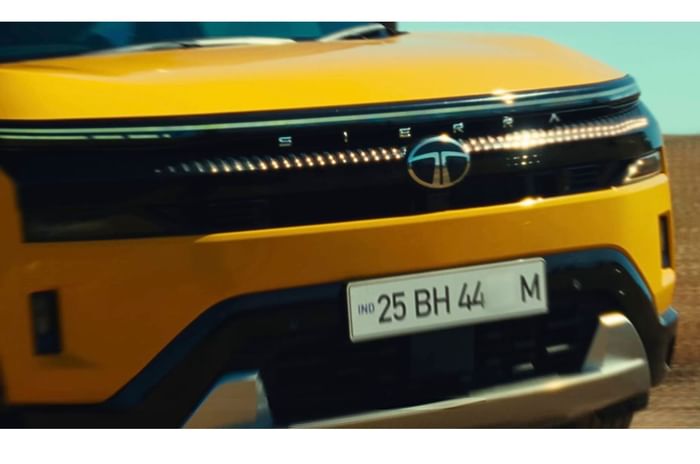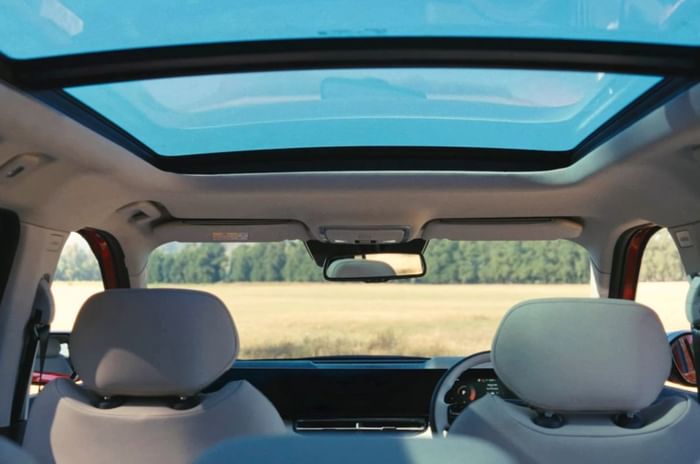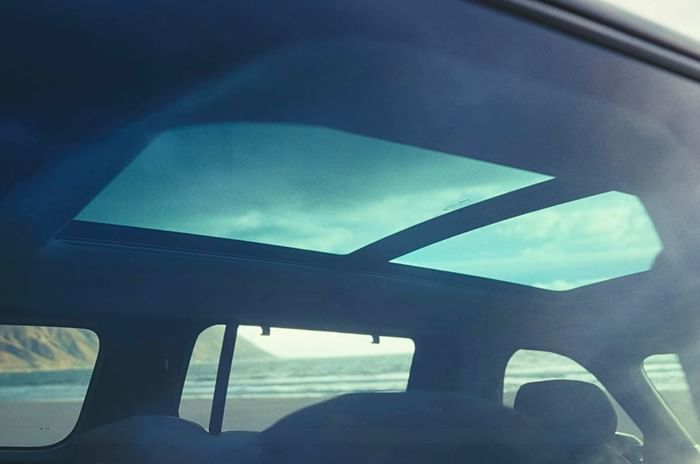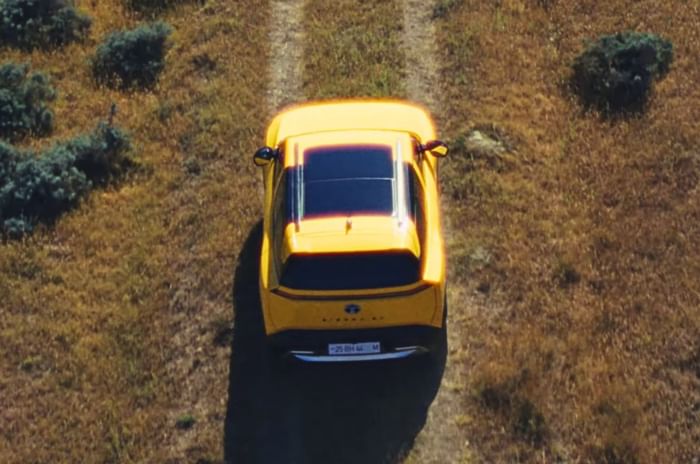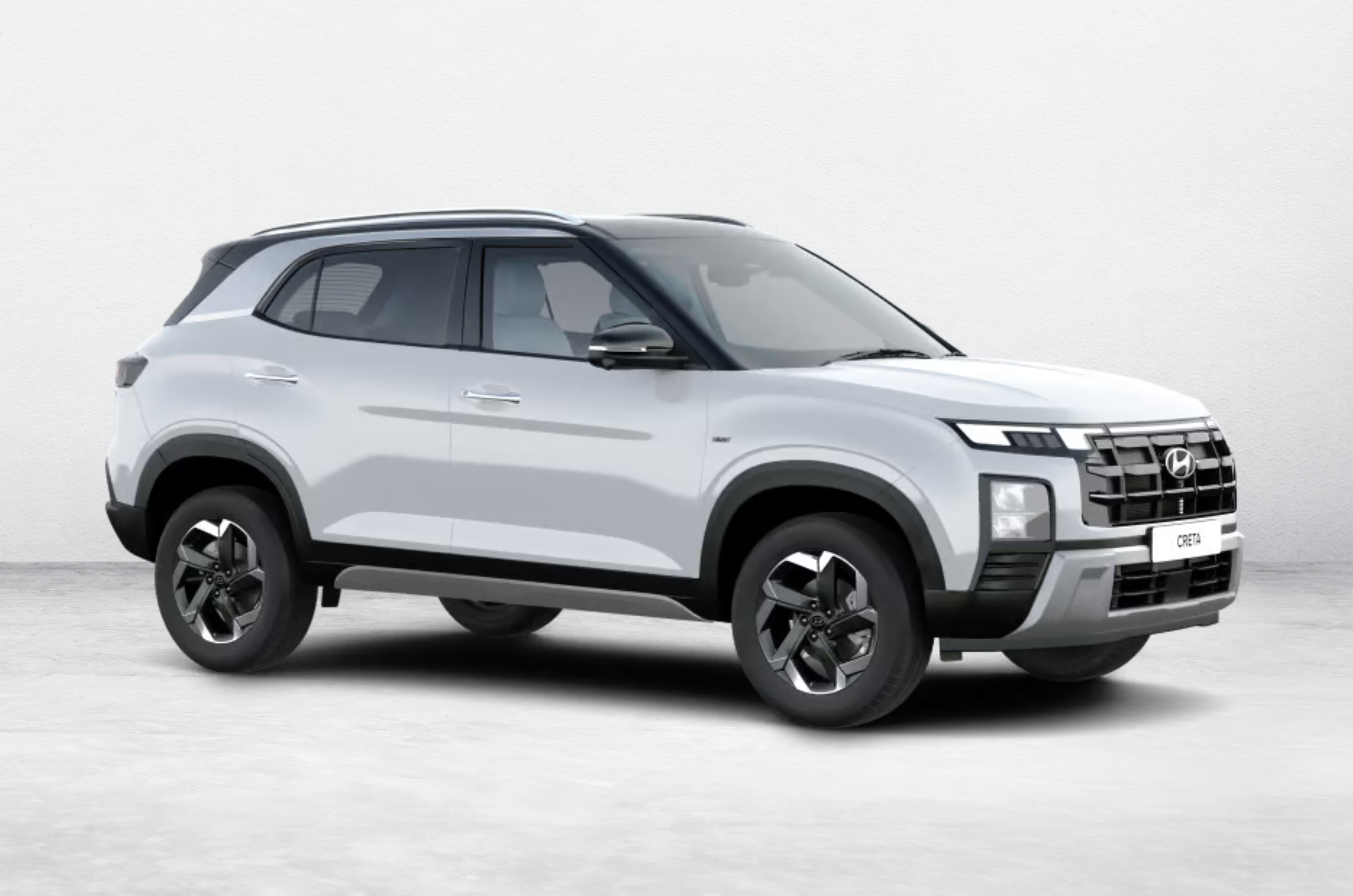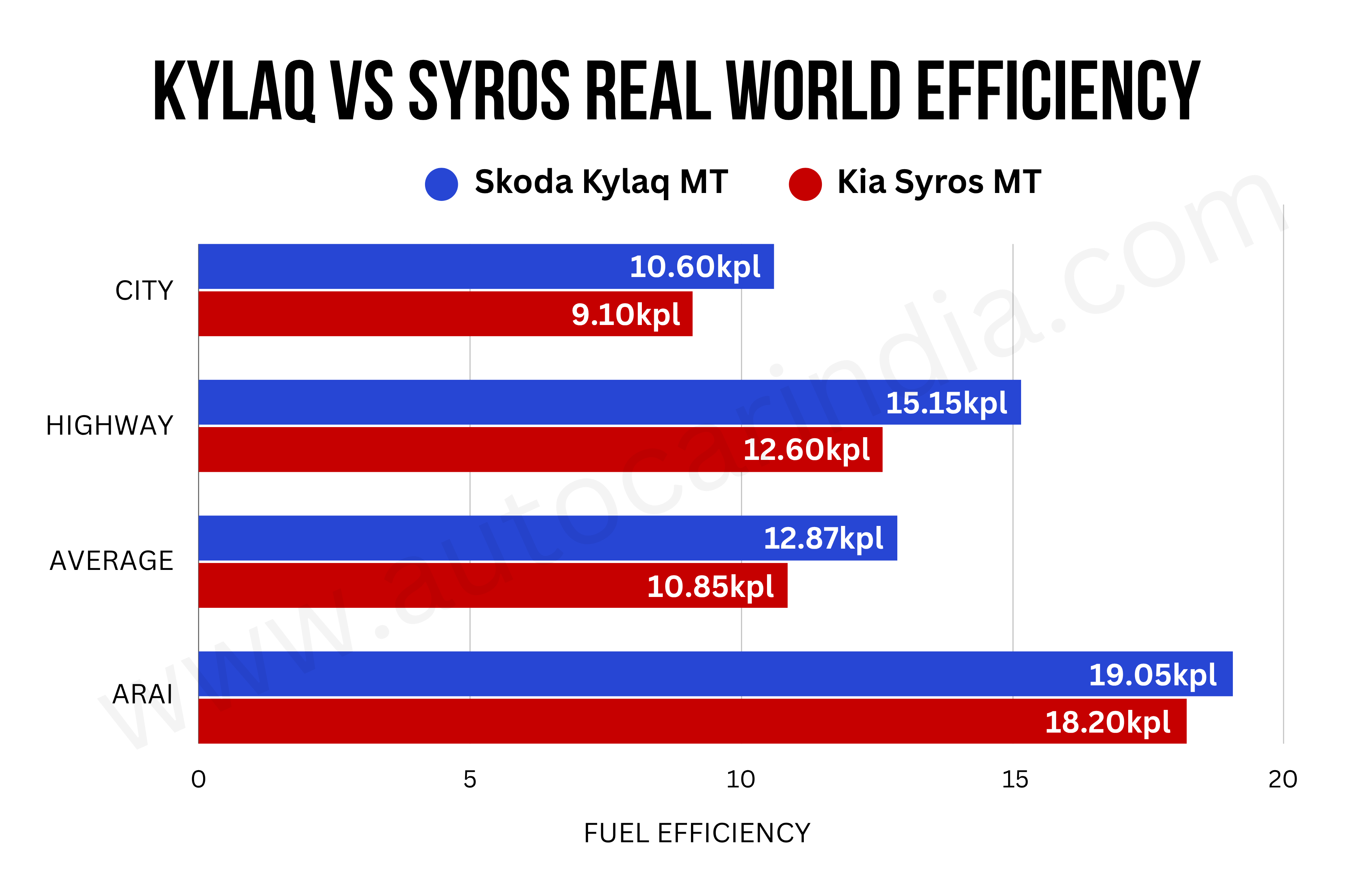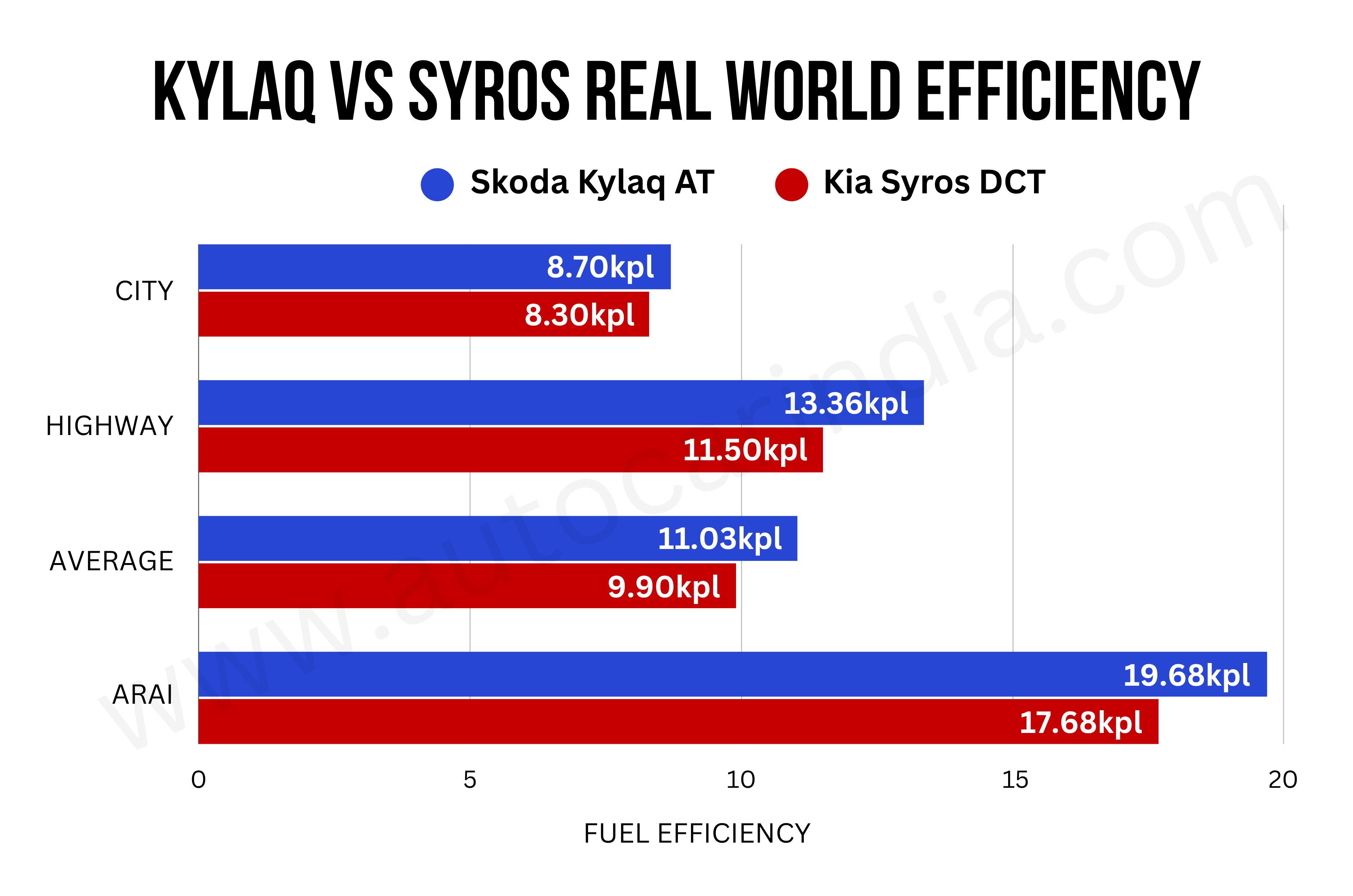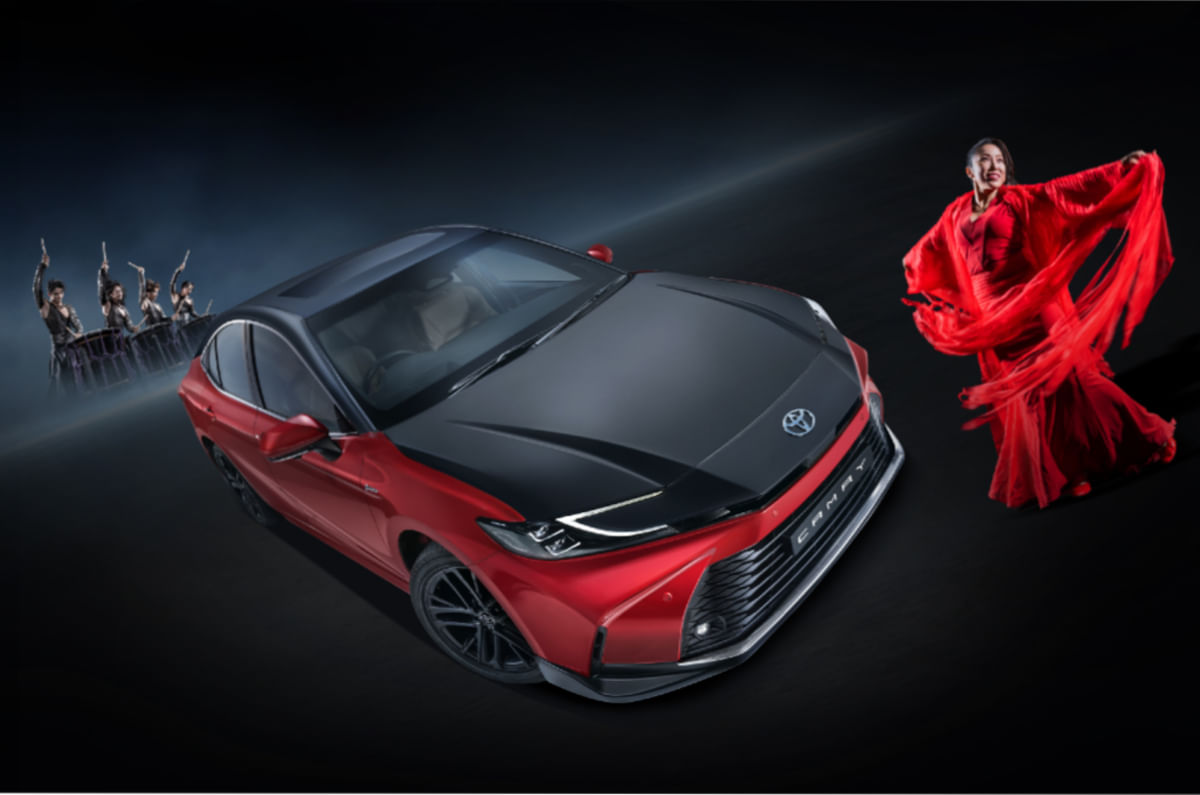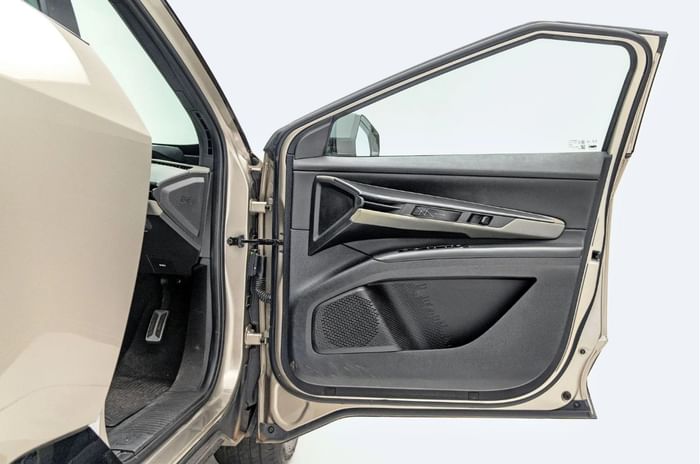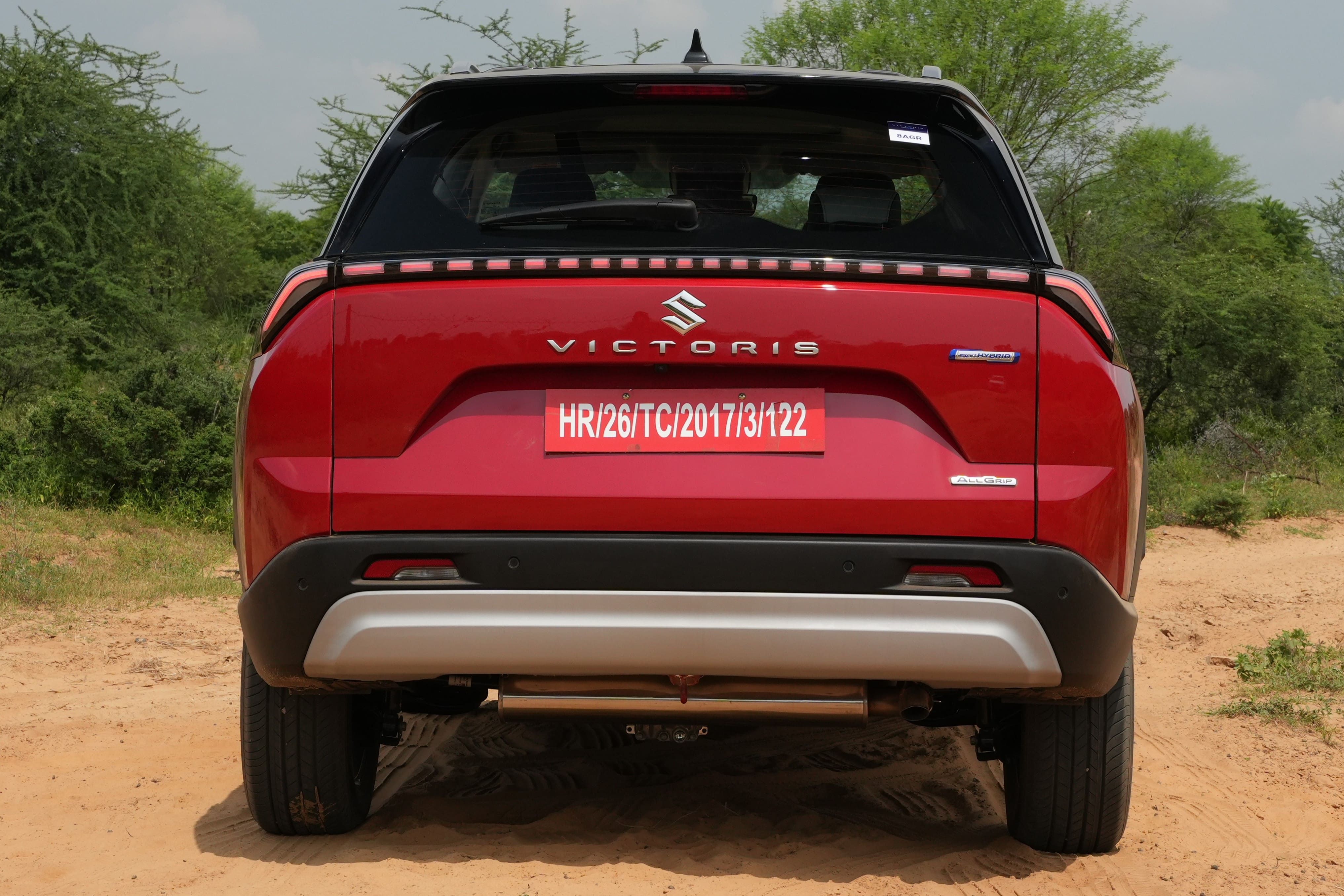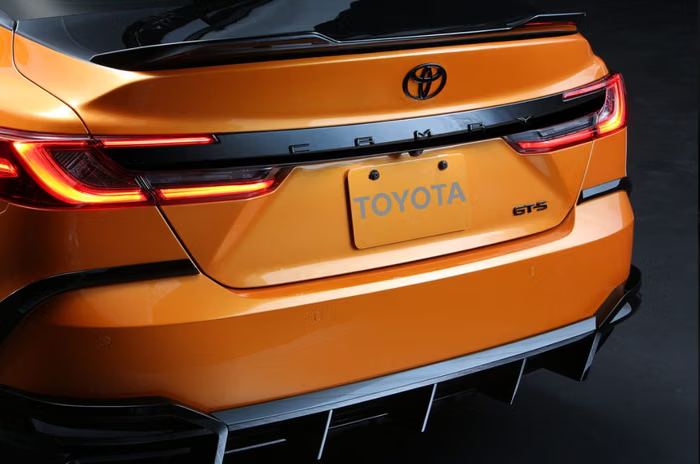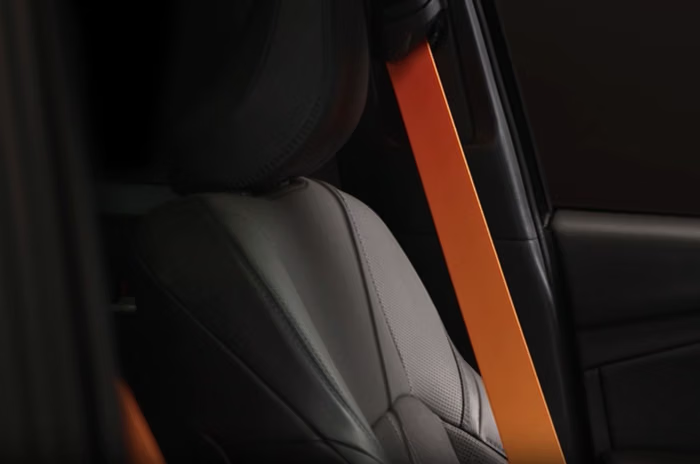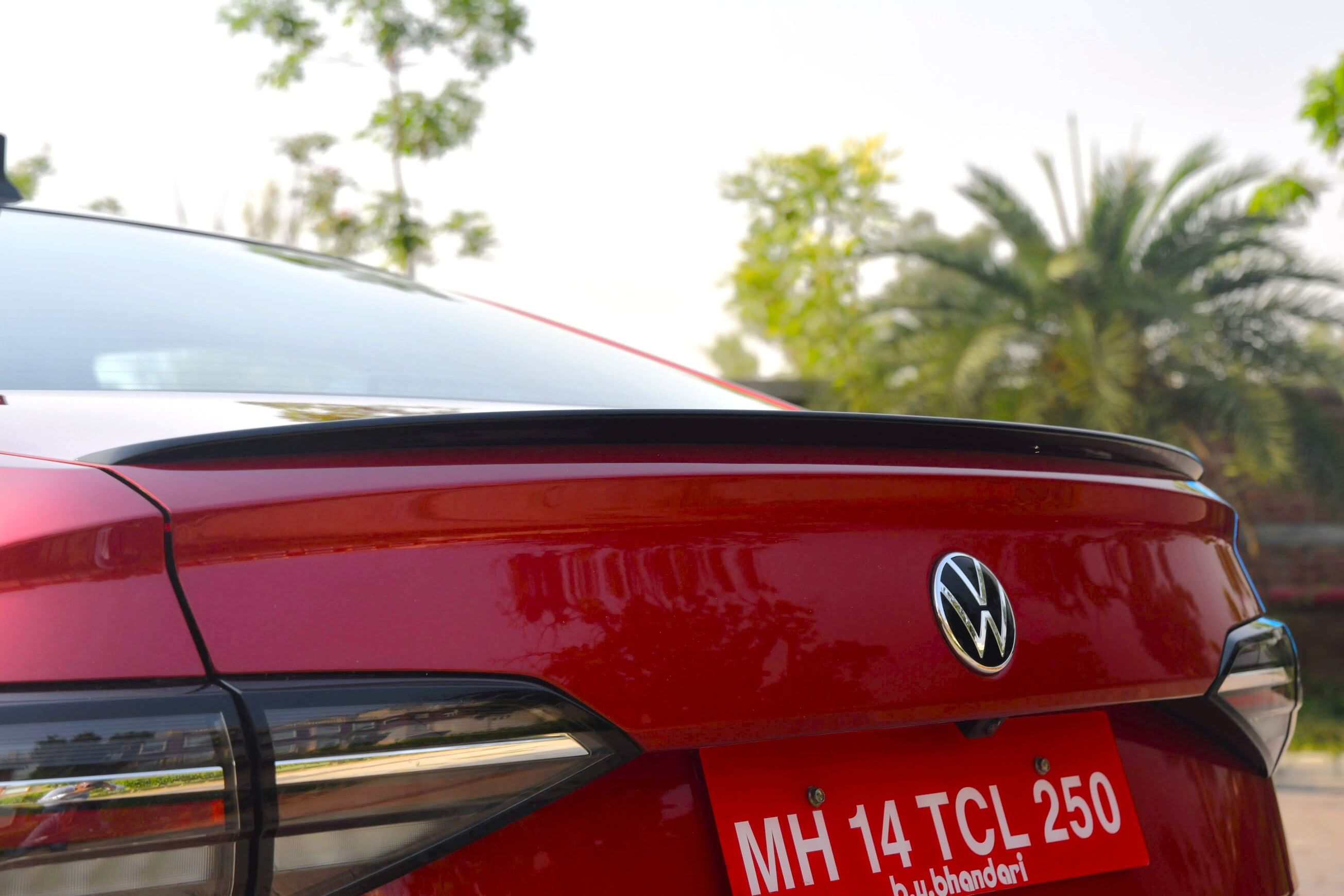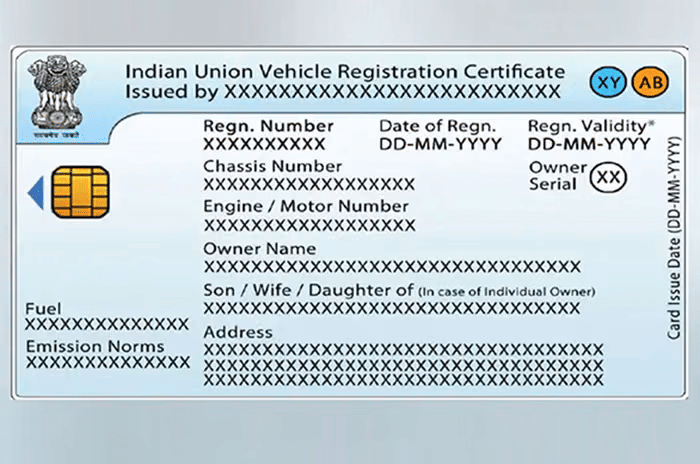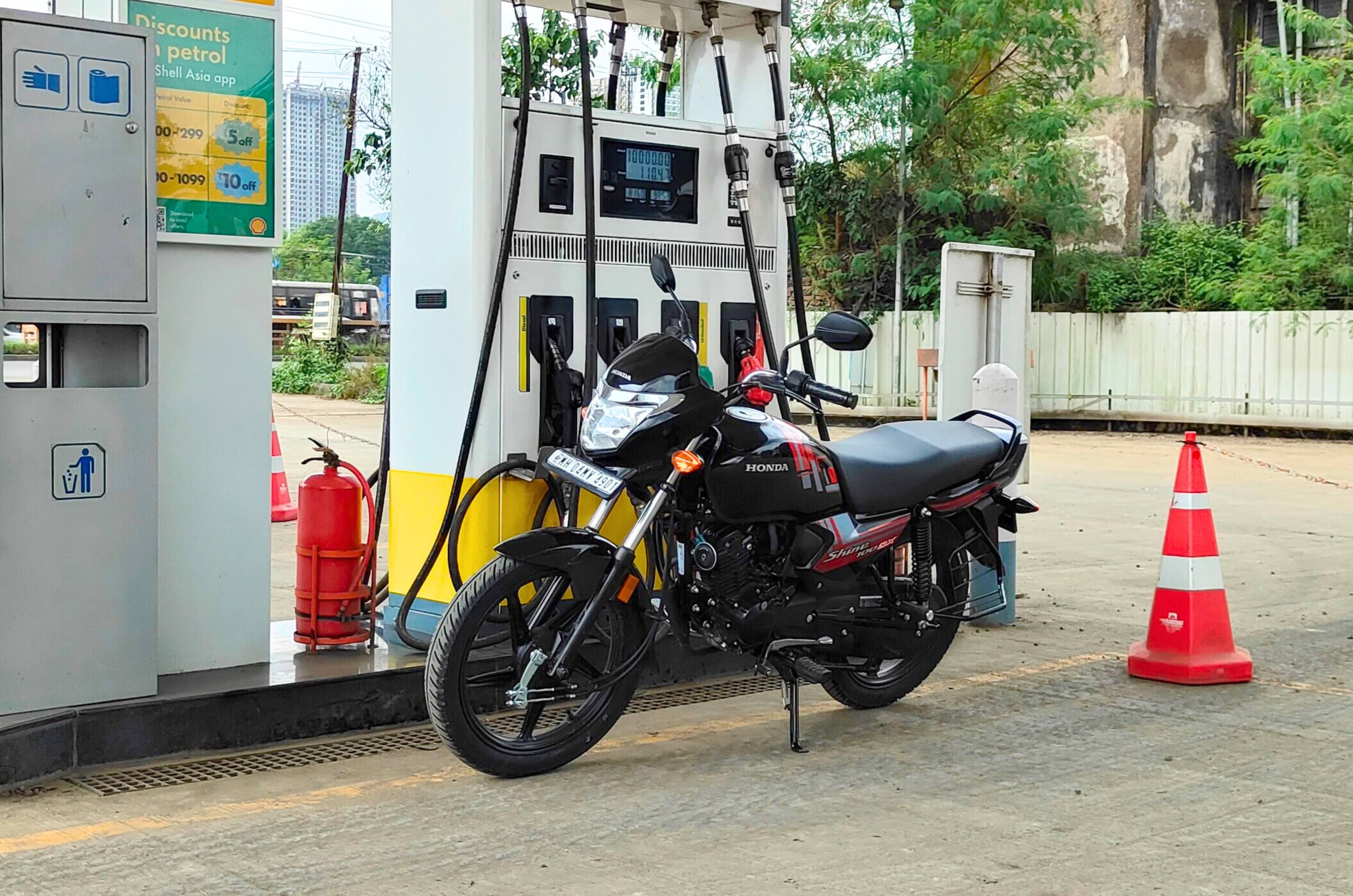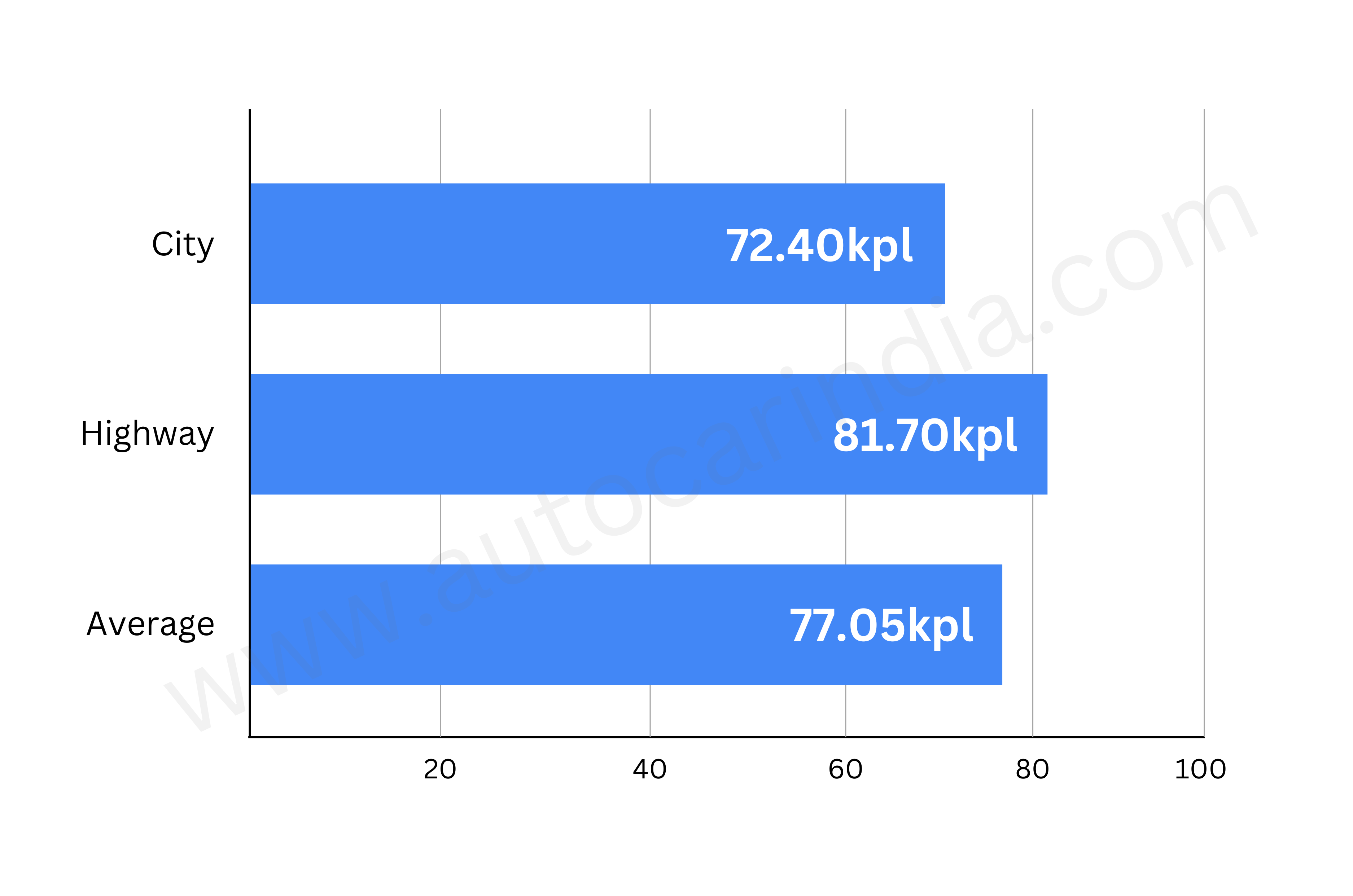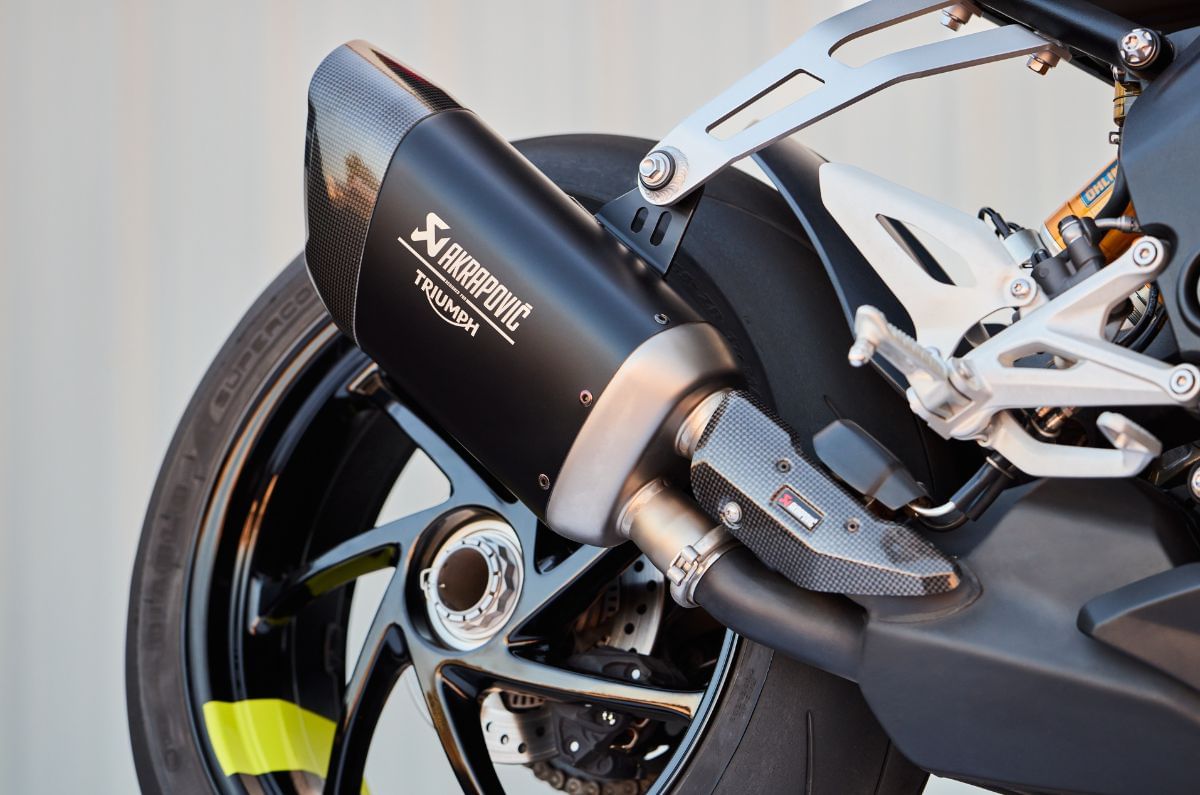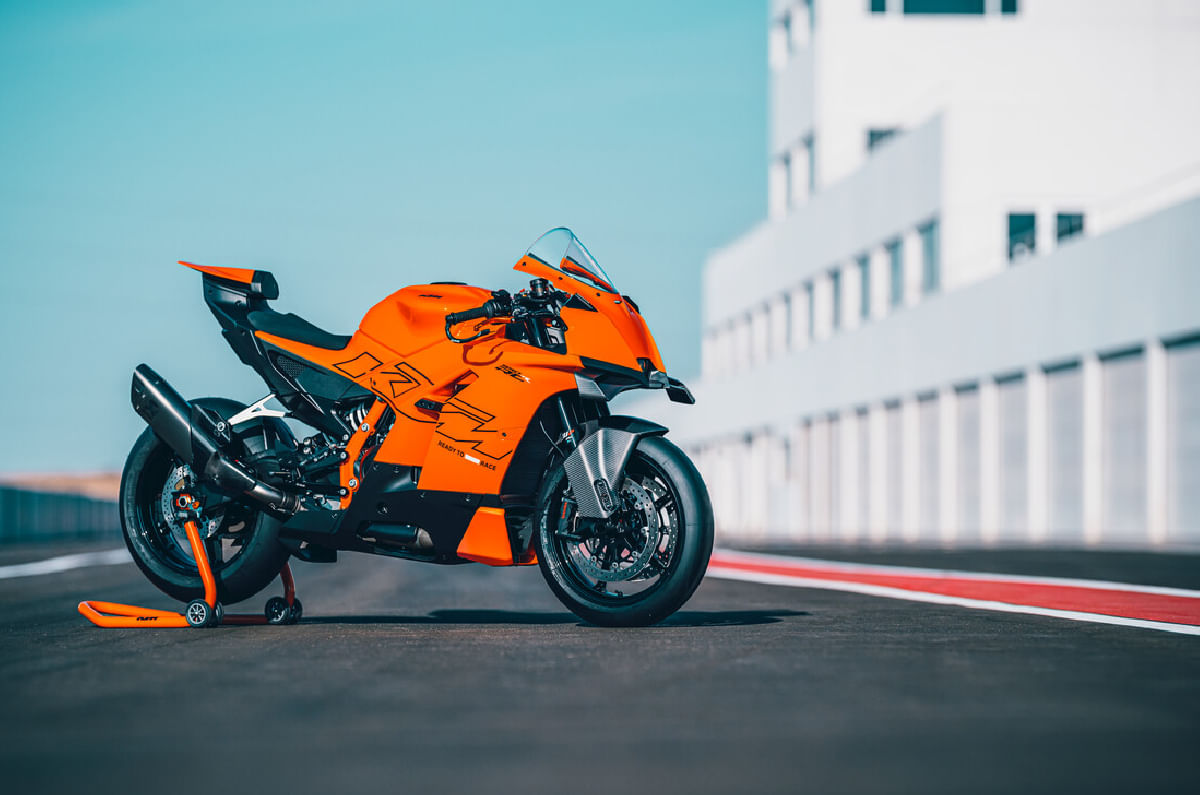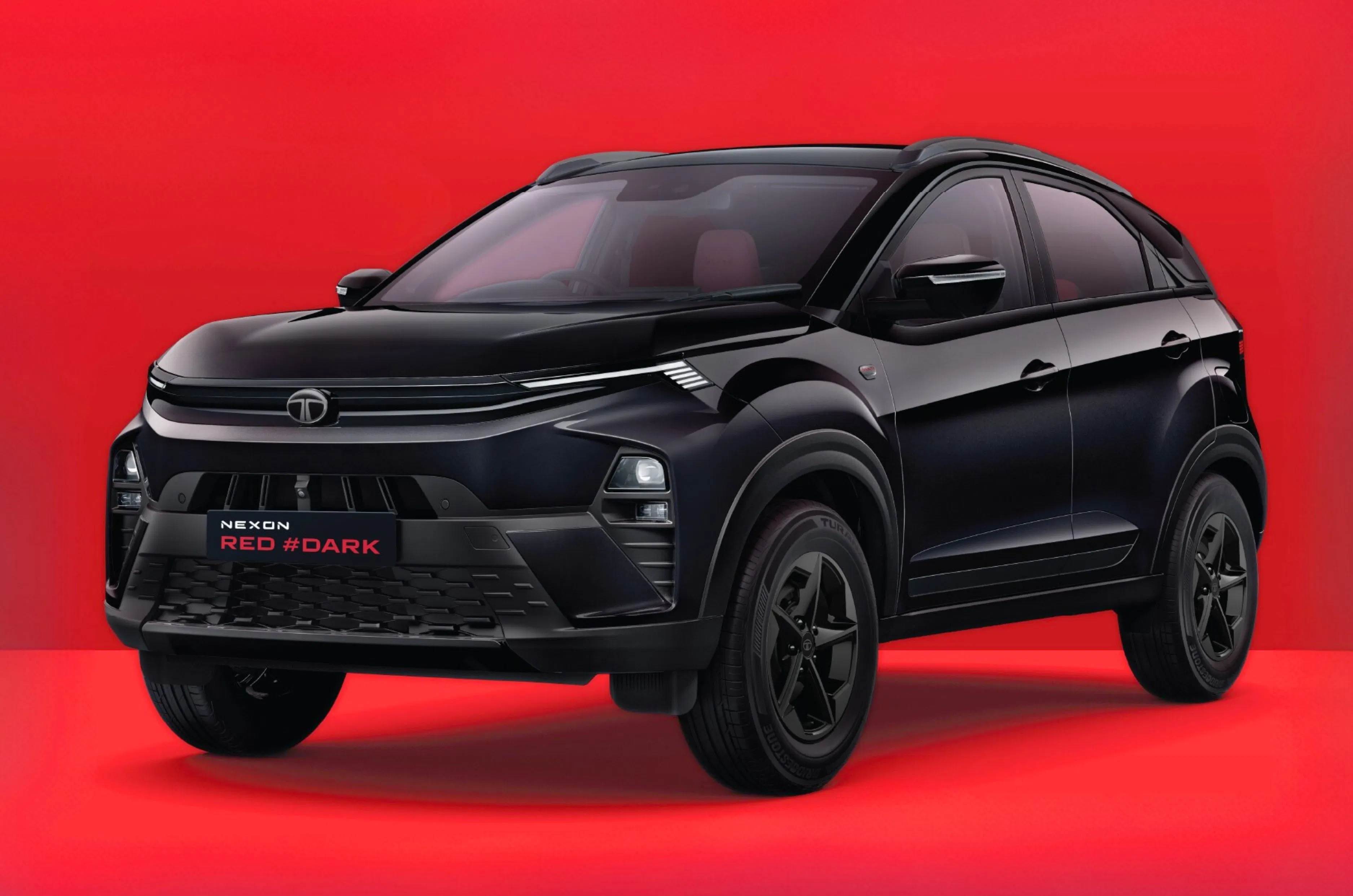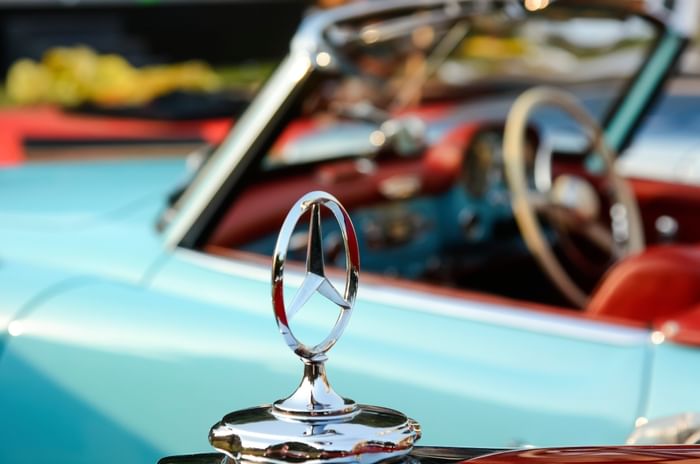अब दो दशकों से भी अधिक समय से, टोयोटा कैमरी एक सफल उपलब्धि रही है – वह कार जिसे आप एक बार खरीदते हैं और फिर उसके बारे में सोचना बंद कर देते हैं। यह आराम, विश्वसनीयता और परिष्कार का मानक रहा है। लेकिन अब तक जो नहीं हुआ, वह चंचल है।
टोयोटा कैमरी स्प्रिंट संस्करण इसे बदल देता है। इसके किसी भी अंतर्निहित सिद्धांत या ताकत में बदलाव करके नहीं, बल्कि बंधन को थोड़ा ढीला करके। यह वही पॉलिश हाइब्रिड सेडान है जिसे हमारा देश अच्छी तरह से जानता है – केवल अब, ऐसा लगता है कि यह रेसट्रैक पर ले जाने के लिए तैयार है।
टोयोटा कैमरी स्प्रिंट संस्करण जिस तरह से खुद को पेश करता है उसमें एक निश्चित जापानी अनुशासन है – ड्रम ताओ के विपरीत नहीं, तालवाद्य समूह जो लय को थिएटर में बदल देता है। उनके प्रदर्शन की प्रत्येक लय मापी गई, शक्तिशाली और सटीक है – ताकत नियंत्रण के माध्यम से व्यक्त की जाती है, ऊर्जा आदेश के माध्यम से व्यक्त की जाती है। टोयोटा कैमरी स्प्रिंट संस्करण उसी सटीकता से प्रसारित होता है: परिचित संयम, लेकिन नीचे एक नाड़ी के साथ। इसे अपनी उपस्थिति महसूस कराने के लिए शोर की आवश्यकता नहीं है; यह समय, संतुलन और प्रवाह पर पनपता है।
शांत कार, जोरदार इरादा
परिवर्तन नाटकीय नहीं हैं, लेकिन वे जानबूझकर किए गए हैं। टोयोटा कैमरी स्प्रिंट संस्करण में क्रोम को हटाकर कुछ अधिक धार वाली चीज़ शामिल की गई है – एक ब्लैक-आउट छत, हुड और बूट, साथ ही मैट-ब्लैक मिश्र धातु जो कार को कम, आकर्षक रुख देते हैं। ग्लॉस-ब्लैक फ्रंट और रियर बॉडी किट लुक को एक साथ बांधते हैं, जबकि सूक्ष्म रियर स्पॉइलर बिना किसी अतिरेक के स्पोर्टीनेस की ओर इशारा करता है।
कुछ कोणों से, टोयोटा कैमरी स्प्रिंट संस्करण ऐसा लगता है जैसे यह पार्क किए जाने पर भी चल रहा है – तना हुआ और एथलेटिक, जैसे कि यह इंतजार कर रहा हो कि कोई इसे अपनी सारी शक्ति दिखाने के लिए कहे। डिज़ाइन ध्यान आकर्षित नहीं करता; यह इसे चुपचाप, अनुपात और संतुलन के माध्यम से अर्जित करता है।
अभी भी आलीशान, अब उद्देश्य के साथ
अंदर कदम रखें, और यह स्पष्ट है कि टोयोटा ने जो काम करता है उसमें कोई छेड़छाड़ नहीं की है। केबिन अभी भी एक अच्छी तरह से सिलवाया सूट की तरह लगता है – समृद्ध सामग्री, ठोस एर्गोनॉमिक्स, और शांति की एक अचूक भावना। लेकिन मूड में बदलाव है.

स्प्रिंट संस्करण में मानक कैमरी जैसा ही केबिन है, लेकिन स्पोर्टियर ट्रिम के साथ।
डुअल-टोन अपहोल्स्ट्री, मेटेलिक एक्सेंट और एम्बिएंट लाइटिंग गर्माहट और कंट्रास्ट जोड़ते हैं। हर चीज़ कुछ अधिक स्पर्शपूर्ण, अधिक जानबूझकर महसूस होती है। यह वही परिचित कैमरी आराम है, लेकिन अब सतह के नीचे एक सूक्ष्म तनाव है – वह प्रकार जो आपको सतर्क रखता है, अलग नहीं।
टोयोटा कैमरी स्प्रिंट संस्करण अंदर से एक प्रदर्शन कार बनने की कोशिश नहीं करता है। यह बस उबाऊ न होने का प्रयास करता है। और यह एक स्वागत योग्य बदलाव है.
हाइब्रिड, लेकिन नीरस नहीं
त्वचा के नीचे, यह अभी भी टोयोटा के 2.5-लीटर डायनेमिक फोर्स पेट्रोल इंजन द्वारा संचालित है जिसे 5वीं पीढ़ी के सेल्फ-चार्जिंग हाइब्रिड सिस्टम के साथ जोड़ा गया है। संयुक्त आउटपुट हेडलाइन नंबरों के बारे में नहीं है, बल्कि बिजली कैसे आती है इसके बारे में है।
ईवी मोड में, यह एक भयानक सन्नाटे के साथ ट्रैफ़िक के बीच से गुज़रता है जिससे दहन पुराना लगता है। स्पोर्ट पर स्विच करें, और कार का टोन बदल जाता है – थ्रॉटल रिस्पॉन्स तेज हो जाता है, स्टीयरिंग कस जाती है, और हाइब्रिड सिस्टम पेट्रोल इंजन के साथ मिलकर काम करता है ताकि पावर में सहज, आत्मविश्वास से वृद्धि हो सके।
कोई नाटक नहीं. कोई अनावश्यक नाटकीयता नहीं. बस नियंत्रित त्वरण और गति का एक रैखिक निर्माण जो इसे सहज महसूस कराता है, इलेक्ट्रिक नहीं। यह वही परिपक्वता है जिसके लिए टोयोटा की हाइब्रिड जानी जाती है, अब थोड़ा मजबूत हैंडशेक के साथ।
चेसिस भी अधिक संचारी लगता है। MacPherson स्ट्रट्स अप फ्रंट और मल्टी-लिंक रियर सेटअप को हमेशा आराम के लिए ट्यून किया गया है, लेकिन अब इसमें अधिक संयम है। कार मोड़ों पर स्थिर महसूस होती है, और त्वरित लेन परिवर्तन को एक शांत चपलता के साथ नियंत्रित किया जाता है जो आपको सुखद रूप से सतर्क कर देता है।
ड्राइवर की कैमरी
वर्षों से, कैमरी ड्राइवरों के लिए आनंददायक रही है – पिछली सीट सबसे अच्छी सीट थी। लेकिन टोयोटा कैमरी स्प्रिंट संस्करण ड्राइवर की कुर्सी के लिए एक केस बनाता है।
4.9 मीटर लंबी हाइब्रिड सेडान में आप जुड़ाव की ऐसी भावना की उम्मीद नहीं करते हैं। स्टीयरिंग बातूनी नहीं है, लेकिन सटीक है। सस्पेंशन अभी भी हमारी सबसे खराब सड़कों को सोख लेता है, लेकिन फ़्लोट कम है, फीडबैक ज़्यादा है। आप इस कार को इसलिए तेज़ नहीं चलाते क्योंकि आपको चलाना पड़ता है – आप ऐसा इसलिए करते हैं क्योंकि, एक बार के लिए, आप ऐसा करना चाहते हैं।

डुअल-टोन रंग योजना स्प्रिंट संस्करण कैमरी को औसत दर्जे के समुद्र में खड़ा करती है।
और जब आप इसे वापस डायल करते हैं, तो नीचे अभी भी वही कैमरी है – फुसफुसाते हुए-शांत, पूर्वानुमानित, और साथ रहने के लिए गहराई से संतुष्टिदायक।
सुरक्षा और संवेदना
टोयोटा ने ड्राइवर-सहायता सुविधाओं का अपना नवीनतम सूट जोड़ा है: अनुकूली क्रूज़ नियंत्रण, लेन ट्रेसिंग सहायता, पूर्व-टकराव चेतावनी, और ब्लाइंड स्पॉट मॉनिटरिंग – सभी निर्बाध रूप से एकीकृत, कभी भी घुसपैठ नहीं करते। ये सिस्टम परिपक्व और अच्छी तरह से कैलिब्रेटेड महसूस करते हैं, जो कैमरी के शांत आत्मविश्वास की भावना को मजबूत करते हैं।
यह उस प्रकार की तकनीक है जो तब तक पृष्ठभूमि में गायब हो जाती है जब तक आपको वास्तव में इसकी आवश्यकता नहीं होती। टोयोटा की 8 साल की हाइब्रिड बैटरी वारंटी जोड़ें, और स्प्रिंट संस्करण वही बन जाता है जो कैमरी हमेशा से रहा है – भरोसेमंद – लेकिन अब दृष्टिकोण के साथ।
संवेदनशील का मतलब नरम नहीं है
₹47.48 लाख (एक्स-शोरूम) पर, टोयोटा कैमरी स्प्रिंट संस्करण वॉल्यूम का पीछा नहीं कर रहा है। यह एक स्टेटमेंट पीस है – एक कार जो आपको याद दिलाती है कि परिष्कार का मतलब संयम नहीं है, और यहां तक कि एक व्यावहारिक विकल्प भी व्यक्तित्व को धारण कर सकता है।
टोयोटा कैमरी स्प्रिंट संस्करण को देखना आसान है और विज़ुअल अपग्रेड के अलावा और कुछ नहीं दिखता है। लेकिन गाड़ी चलाने में समय बिताएँ और आपको एहसास होगा कि टोयोटा ने वास्तव में क्या किया है – उन्होंने एक ऐसी कार ली है जो पूर्वानुमेयता के लिए जानी जाती है और इसे चरित्र दिया है।
परिणाम एक कैमरी है जो अभी भी शांत है, अभी भी सक्षम है, फिर भी टोयोटा है – लेकिन एक नाड़ी के साथ आप महसूस कर सकते हैं।
Source link


